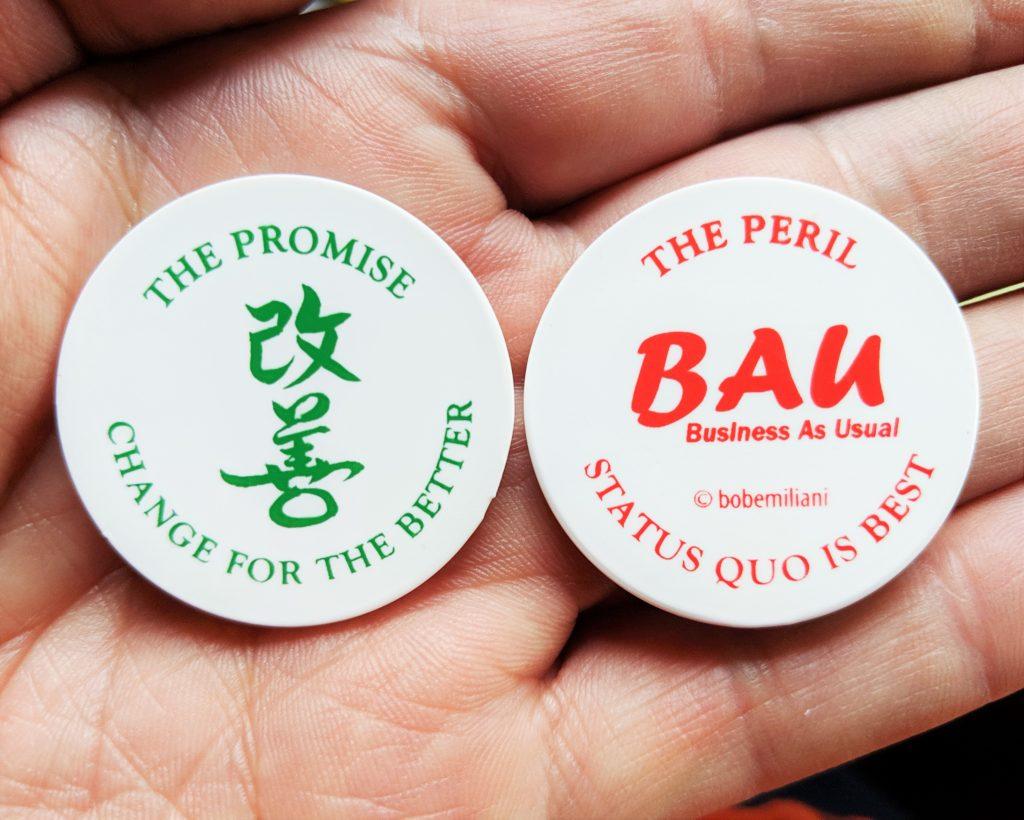
In the United States, most top business leaders became aware of Toyota’s Production System starting in the late 1970s and Lean management in the late 1980s. During that time, federal rules for mergers and acquisitions (M&A) were loosened such that it was far more attractive, from profit, market share, and stock price perspectives, for companies to grow in size by M&A than by any other method in the CEO playbook. Lawyers, economists, and the courts successfully argued (i.e., assumed) that M&A (and debt-driven Private Equity) would be great for consumers.
After 40 years, the results of the experiment are in: consolidation in almost all industries reduced competition, reduced innovation, increased prices for consumers, and reduced customer service. It was also bad for employees (mass layoffs) and communities (plant closings), and these outcomes directly contributed to family strife, social unrest, “income inequality,” political instability, etc.
As I said in a blog post in 2016, Lean’s timing could not have been worse because it came into existence during the neoliberal, “maximize shareholder value,” free market era of capitalism that was also popular in the last half of the 19th century. The 1996 book Lean Thinking fed right into the financial, anticompetitive and antisocial mechanistic view of business with the subtitle “Banish Waste and Create Wealth in Your Corporation.” We saw a proliferation of “Fake Lean,” massive job losses due to a combination of process improvement, automation, outsourcing, and offshoring work. There was little or no “Respect for People” and a widespread uptake of Lean tools removed from their kaizen context such that there was a lot of change but little actual progress.
The response to 19th century “Robber Barons” was the early 20th century Progressive Era which gave birth to Scientific Management and industrial engineering — without which the Toyota Production System and the Toyota Way (and Lean) would not exist. The Progressive Era also led to federal legislation that broke up the big monopolies to restore competition in the marketplace and produced many changes in employment law that were beneficial to workers and the public interest.
We may be coming full circle 100 years later. Now, new federal guidelines for M&A have been established to restore antitrust law, promote competition, and prioritize production and worker success over the financialization of business. The emphasis is on growth through production, innovation, jobs, and reducing harm to workers (i.e., layoffs, wage cuts, benefits cuts, etc.). Less M&A means more competition, and more competition could mean more focus by top leaders on what’s actually happening on shop and office floors. They may be forced to focus on productivity (combination of cost, delivery, quality, lead-time, safety, etc.) as the better option for growth, profits, market share, and stock price appreciation.
Lean management may now have a second chance, but its promoters better learn from the lessons of the past. Lean is said to be “all about learning,” right? We shall see. The coming years and decades may rekindle interest in kaizen and “Respect for People” — hopefully not more Lean tools🤦♂️. Lean promoters and influencers are going to have to get a lot smarter, faster.
The older generation and their legacy organizations are probably not up to the task because they are unlikely to see beyond that which they already know. That could also spell trouble for the younger generation of Lean promoters and influencers, unless they do their homework to learn from recent mistakes and past mistakes, as well as learn who they are dealing with and the constraints that demand imaginative thinking. The younger generation should always be aware that top leaders’ trusted way to improve productivity — cutting people, closing facilities, and squeezing suppliers — looms large. It is tradition, and traditions do not die easily. Though, this time around, mass layoffs may be socially unacceptable, or perhaps made more difficult due to increases in unionization.
If top leaders are socially and legally restricted from continuing to play “money games,” as sensi Yoshihisa Doi said to me 30 years ago, then they may have to start paying attention to the processes that directly and indirectly create the goods and services that customers pay for. CEOs’ long disinterest in operations could soon be reversed. Perhaps operations will again become part of MBA programs.
Lean management may have a second chance to replace classical management. Hopefully the new crop of top Lean promoters and influences will not keep doing in the future what their predecessors did in the past. It is now time for “change for the better.” Return to the roots: industrial engineering-based kaizen and “Respect for People.”
